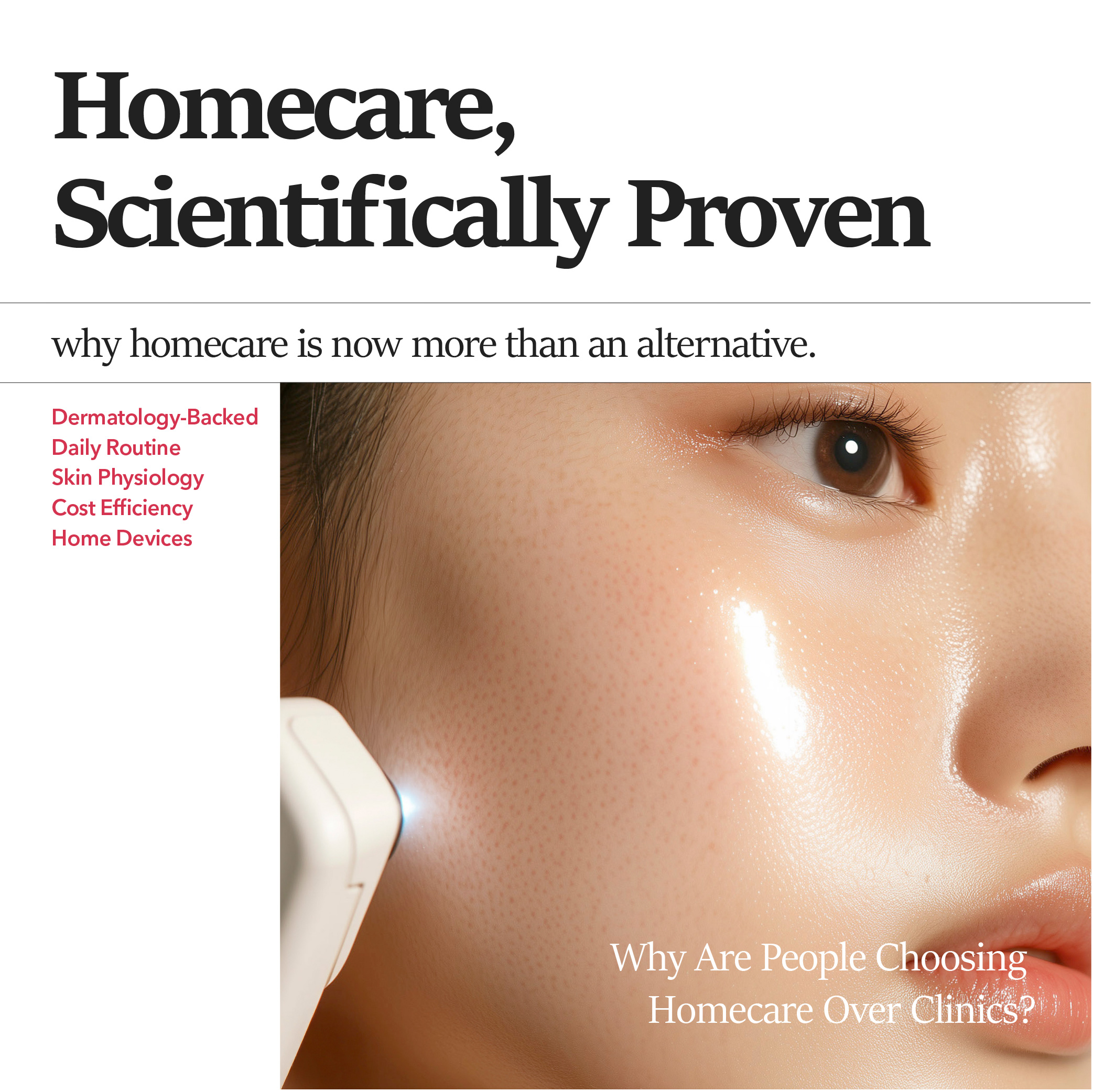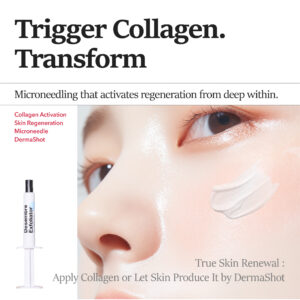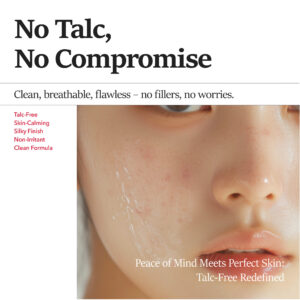
The Scientific and Strategic Reasons Behind the Rise of Home Skincare
Introduction

In the past, visiting a clinic or spa was the default solution for skincare concerns.
Today, however, more people are turning to homecare solutions instead of clinical treatments.
This shift is not merely due to cost concerns.
Homecare has evolved into a scientifically backed system that rivals professional treatments in many aspects.
In this article, I will explore why homecare has become a smart, strategic choice for modern skincare and how it aligns with dermatological science.
1. The Post-Pandemic Rise of Homecare

After the pandemic, limited access to clinics and aesthetic centers forced consumers to take skincare into their own hands.
This led to explosive growth in the homecare market, driven by advancements in technology, active ingredients, and consumer awareness.
- Global home-use skincare market size (2021): USD 11.4 billion
- Expected to grow at over 20% CAGR through 2026
<sub>(Allied Market Research, 2022)</sub>
Today, homecare is no longer viewed as a secondary option but as a primary method of skincare management.
2. The Limitations of Clinical Treatments
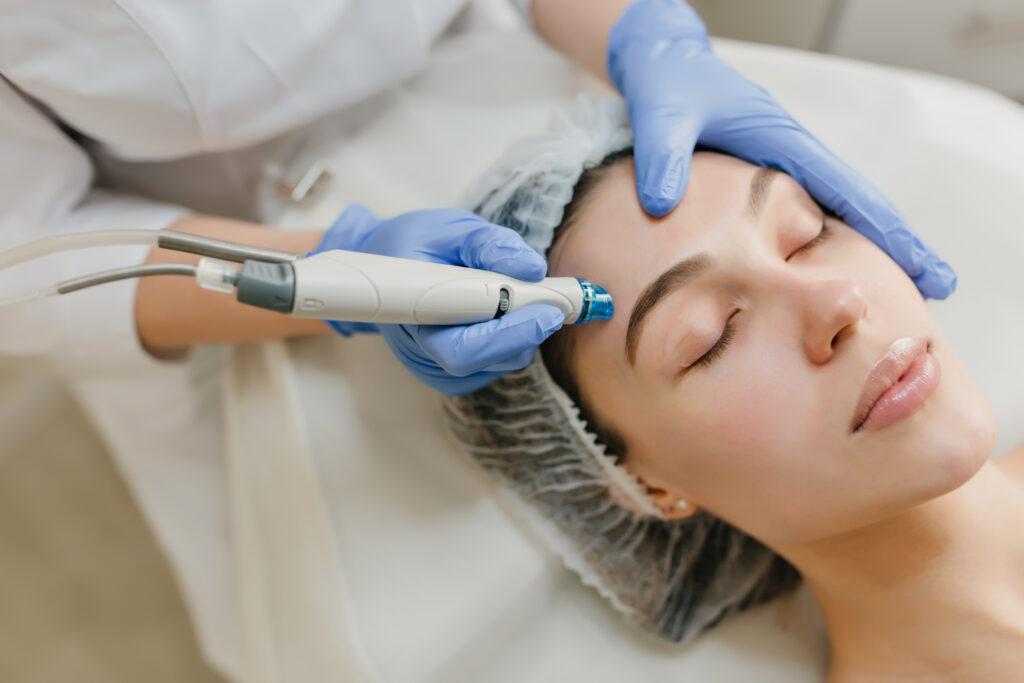
While dermatological treatments offer fast and professional results, they come with clear limitations.
Key Challenges of In-Clinic Procedures
- High Cost
- Each session ranges from hundreds to thousands of dollars
- Requires continuous sessions for lasting effects
- Time and Accessibility
- Pre-booking, travel, treatment, and downtime
- Difficult to maintain for working professionals or busy individuals
- Downtime and Potential Side Effects
- Redness, irritation, or sensitivity post-treatment
- Not ideal for sensitive skin types
- Dependency on Consistent Aftercare
- Without proper homecare, clinical results diminish rapidly
Homecare is no longer a “budget alternative.”
It offers a sustainable, flexible, and scientifically grounded skincare solution.
3.Cost Efficiency
| Category | Homecare (Monthly) | Clinical Treatments (Monthly) |
| Wrinkle & Firming | $60–150 | $600–1,200 |
| Collagen Stimulation | $100–180 | $500–800 |
| Tone & Pigmentation | $40–120 | $200–400 |
| Total | $120–350 | $1,200–2,000 |
- Annual cost difference: Up to 6–8 times lower with homecare
- Includes premium skincare products and devices (LED masks, spicule creams, etc.)
4. Alignment with Skin Physiology
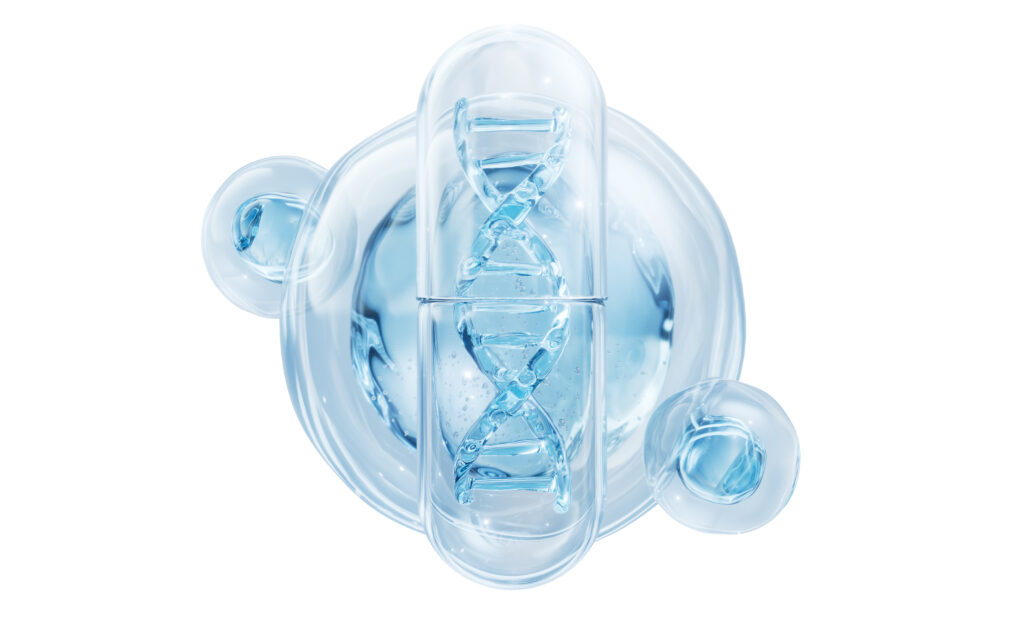
| Skin Layer | Function | Homecare Application |
| Epidermis | 28-day renewal cycle | Spicules, exfoliation, niacinamide |
| Dermis | Collagen & elastin | Peptides, EGF, RF, LED |
| Skin Barrier | Protection, hydration | Ceramides, panthenol |
Homecare can replicate the “stimulation → recovery → regeneration” process fundamental to dermatology treatments.
5. Routine Optimization
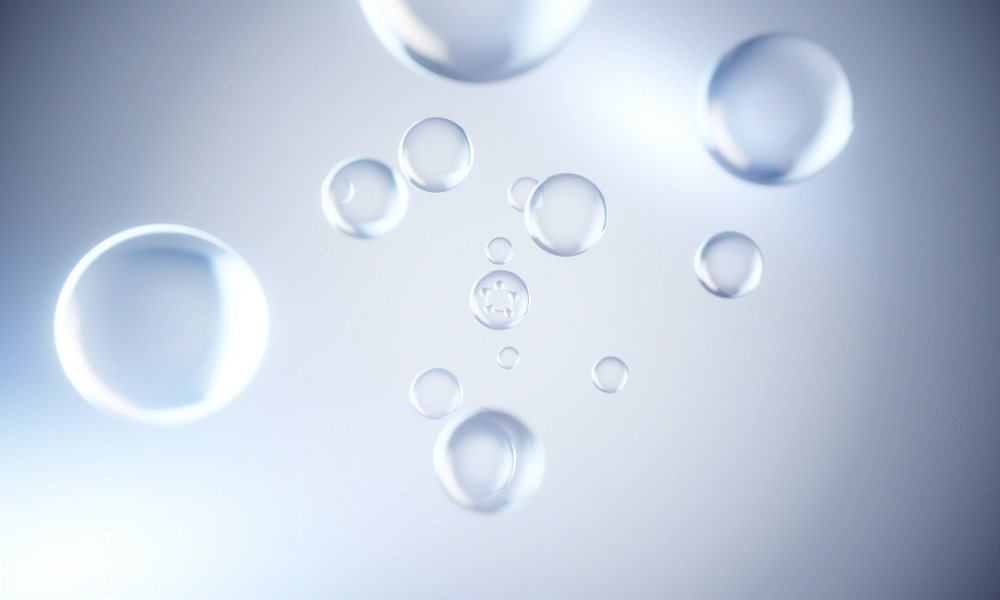
- Clinics: Accessible 1–2 times per month
- Homecare: Daily micro-stimulation and consistent care
- Better synchronization with skin’s natural rhythm and regeneration cycles
6. Flexibility & Personalization in Modern Homecare

Modern homecare seamlessly fits into daily routines — morning or night, wherever you are.
It’s designed to support long-term skin health without disrupting your lifestyle.
Moreover, it adapts to your unique needs: skin type, age, sensitivity, or even pregnancy.
This democratizes access to professional-level skincare for everyone.
7. Conclusion
While clinical treatments deliver fast results, homecare offers:
- Sustainability
- Affordability
- Daily control over skin health
The core of effective skincare is not what procedure you receive, but what routine you consistently follow.
With advancements in active ingredients and devices,
homecare is now a scientifically validated, primary skincare strategy—not just an alternative.
